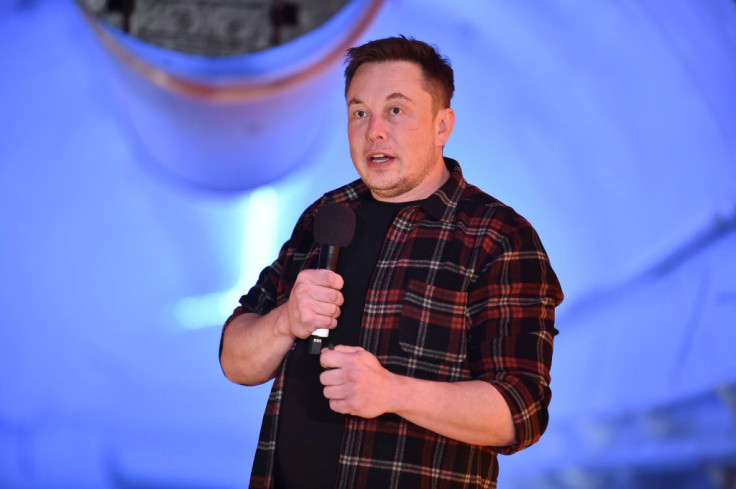Elon Musk Mocks Tesla Competition: 'Lidar Is A Fool’s Errand'

Tesla Inc. CEO Elon Musk threw shade at Apple Inc. and like-minded competitors that have chosen to rely on Lidar (light detection and ranging) sensors as the “eyes” for their self-driving cars, proclaiming that “anyone relying on Lidar is doomed.”
“Lidar is a fool’s errand,” said Musk at Tesla’s first Autonomy Day held Monday.
“Anyone relying on Lidar is doomed. Doomed! (They are) expensive sensors that are unnecessary. It’s like having a whole bunch of expensive appendices. Like, one appendix is bad, well now you have a whole bunch of them, it’s ridiculous, you’ll see.”
Musk has long been unkind to Lidar. He’s gone on record as saying Lidar is “a crutch” for self-driving vehicles. He’s said cameras are the keys to the future of self-driving cars, and predicts a future when cameras will enable Tesla electric vehicles (EVs) to see through the most adverse weather situations.
The existing Teslas, the Model S, X and 3, use as many as eight cameras along with other data sources such as radar, GPS, maps and ultrasonic sensors to enable autonomous driving. None use Lidar.
Uber, Waymo, Cruise and several other Tesla competitors use Lidar technology in their self-driving technology stack. Last week, Apple came out strongly in favor of Lidar.
At the autonomy event, Tesla revealed the hardware of its current generation self-driving computer that works with all existing Tesla electric vehicles (EVs). Software under development will enable all Teslas to drive autonomously with their existing sensor set which doesn’t include Lidar.
Instead, the sensors inside Tesla vehicles rely on a neural network trained by data collected by all Tesla EVs.
“Everyone’s training the network all the time,” according to Musk. “Whether Autopilot is on or off, the network is being trained. Every mile that’s driven for the car that’s hardware 2 or above is training the network.”
The resulting data is kind of scary, said Musk. But presumably not as scary as relying on Lidar.
Musk’s downplaying of Lidar was taken up by Andrej Karparthy, director of artificial intelligence and Autopilot Vision at Tesla. Karparthy said Lidar systems have a hard time deciphering between a plastic bag and a rubber tire.
He pointed out that large scale neural network training and visual recognition are necessary for Level 4 and Level 5 autonomy, which is true self-driving.
“In that sense, Lidar is really a shortcut,” said Karparthy. “It sidesteps the fundamental problems, the important problem of visual recognition that is necessary for autonomy. It gives a false sense of progress, and is ultimately a crutch. It does give, like, really fast demos!”
“Project Titan,” Apple’s autonomous car unit, wants to equip the self-driving Apple Car with smaller and cheaper Lidar sensors to allow them to better navigate their surroundings. Apple is exploring options for a “revolutionary design” in Lidar sensors.
The company has spoken with at least four unnamed companies looking specifically to identify a new generation of sensor that’s “smaller, cheaper and more easily mass produced.”
Lidar uses a kind of 3D mapping system in navigation. Apple said Lidar is clearly superior as a navigation tool compared to digital cameras (such as those used by Tesla) because it gives self-driving cars a 3D image to work with. It’s also extremely accurate compared to cameras because the lasers aren't confused by shadows, bright sunlight or the headlights of oncoming cars.
© Copyright IBTimes 2024. All rights reserved.




















